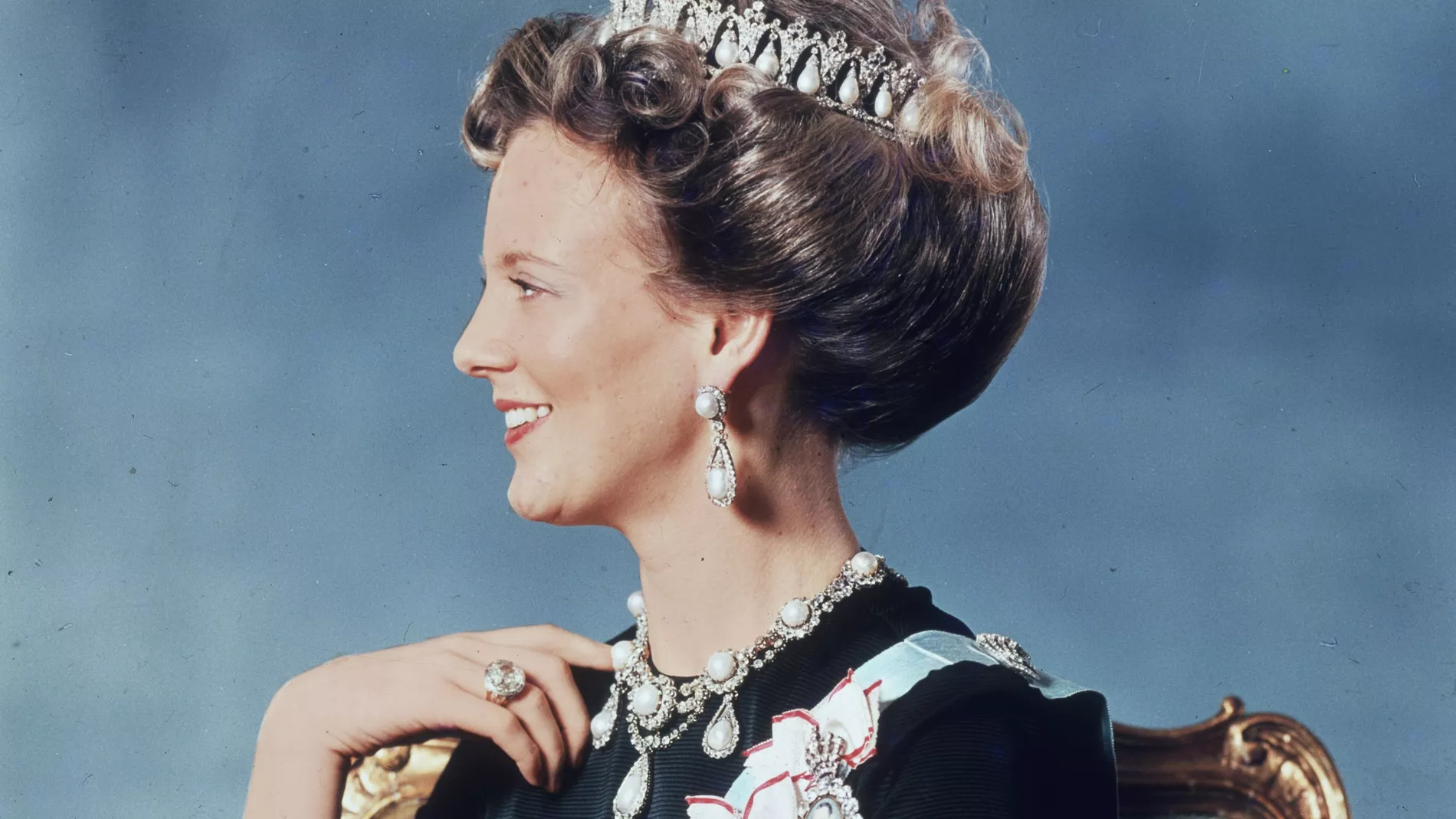Queen Margrethe II of Denmark, the longest-reigning living monarch in Danish history, will abdicate tomorrow after a remarkable 52-year reign.
Her leadership has earned her the respect and admiration of most Danes.
Ascending to the throne abruptly on January 14, 1972, after her father, King Frederick IX’s death, Margrethe II left the monarchy firmly established with significant public support.
Her decision, announced unexpectedly two weeks ago, breaks the centuries-old tradition of reigning until death.
Citing health issues and the need for generational change, Margrethe II’s abdication has received widespread public backing.
Politicians across the spectrum have praised her for unifying Danes in their diversity.
Even the opposition, traditionally critical of the monarchy, will acknowledge her reign as a gesture of respect.

Margarita II’s tenure has not been without challenges, including family scandals.
Notably, her husband Prince Henrik’s public dissatisfaction with his role as consort and his subsequent dementia diagnosis and death.
Nevertheless, Margrethe’s handling of these situations bolstered the monarchy’s image.
Abdications in European monarchies are rare in the 21st century.
Queen Margrethe’s abdication follows precedents set by monarchs like Queen Beatrix of the Netherlands and King Juan Carlos of Spain.
This move marks a significant shift in royal traditions.
One of the world’s oldest monarchy
The Danish monarchy, one of the world’s oldest, traces its origins to Gorm the Old around 958. Originally elective, it became hereditary in 1660.
The current House of Glücksburg ascended to the throne with Christian IX in 1863, known as the “father-in-law of Europe” for his children’s royal marriages.
The House of Glücksburg, originating from Germany, is a European royal house with branches ruling or having ruled in Denmark, Norway, Greece, and other monarchies.
Margarita II, born Margrethe Alexandrine Thorhildur Ingrid, will be succeeded by her son, Crown Prince Frederik, who will be known as King Frederik X.
Educated in political science, Frederik served in the Danish military and married Mary Donaldson, an Australian lawyer, in 2004.
The couple has four children, ensuring the continuation of the royal lineage.
This royal transition reflects not only a change in Denmark’s monarchy but also the evolving nature of European royal traditions and the role of monarchs in modern society.

